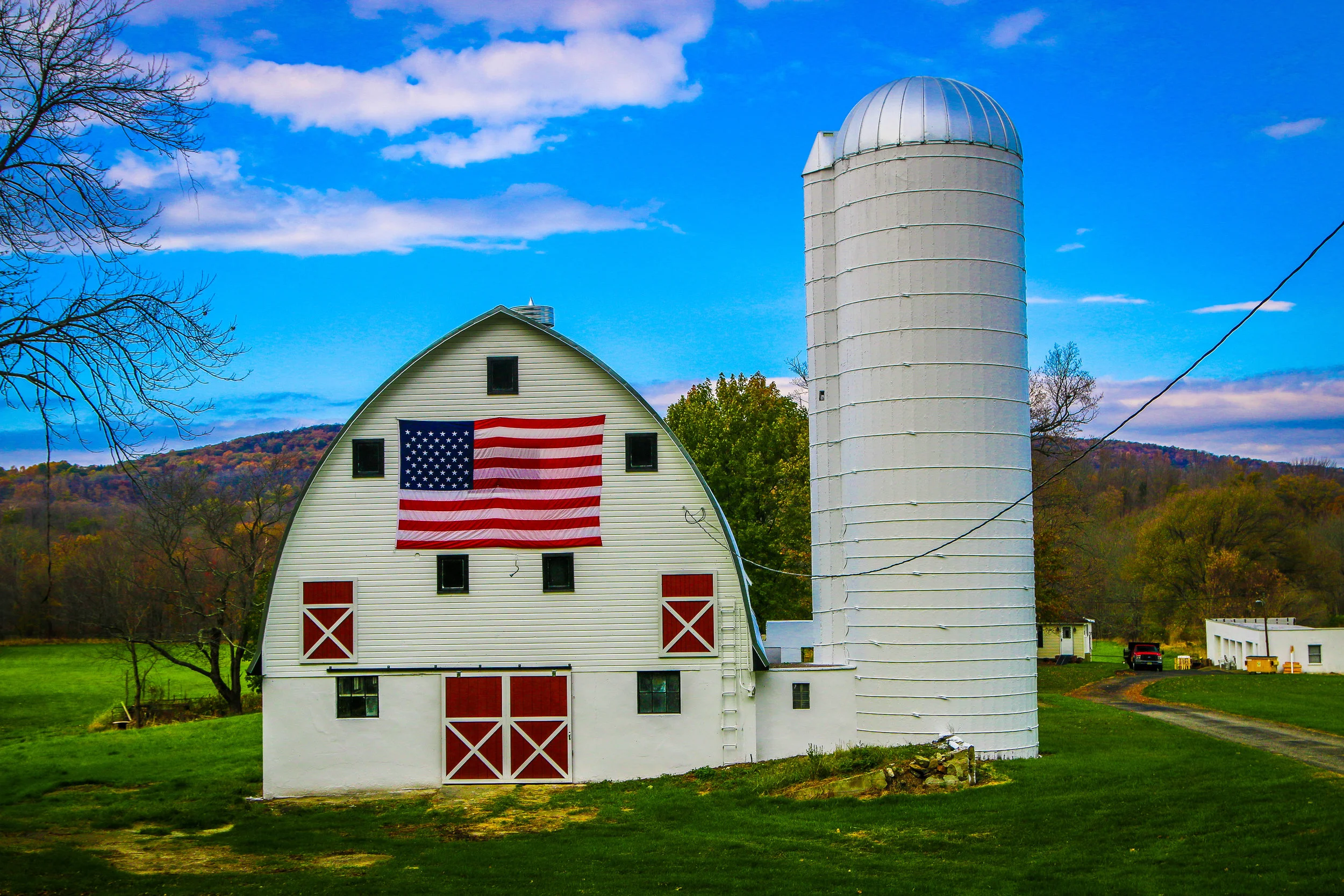I took these photos last week in the midst of the Confederate statue removal process in the old Confederate Capital of Richmond. It was a unique time to visit because some of the statues had already been removed, one of JEB Stuart was in the process of being removed and the two central ones to Robert E. Lee and Jefferson Davis still stood, although both have been slated for removal.
In taking these photos I wanted to capture the spirit of the protests which ultimately have led to the conversation over the removal of these statues, so I have included some close-up shots of the graffiti. Some of the graffiti is targeted towards police brutality while some supports the Black Lives Matter movement.
I am of the opinion that these statues cannot continue to stand in these central places in our nation’s cities. While there are aspects of all of these men which I admire and respect, the cause for which they fought was ultimately the continuation of slavery in perpetuity. There are places for these statues as I believe all art tells a story, but the story currently being told isn’t a complete one and needs to be adjusted with our current understanding of history. These statues coming down isn’t erasing history, it is history.
They say a picture is worth a thousand words, and this series focuses on a single picture and what it brings into my mind. In this particular post I’ve chosen two photos (and written closer to 2000 words) on the topic of “otherness”. One picture is me at a work party with the other teachers I worked with in Japan and the other is of me and my students when I taught in New Orleans.
There have been a lot of times in my life where I have been the “other”. In fact, most of my adult life has been dominated my some form or other of “otherness”. Some have been more pronounced while others have been more subtle. Since this idea of “otherness” has captured the national attention recently, and for very good reason, I thought I’d offer my own perspective.
After High School, I went to Penn State, a state university in central Pennsylvania. I didn’t realize at the time nor think much about the fact that the vast majority of people there were obviously going to be from Pennsylvania. There were always sports team loyalties and conversations about differences in accents and dialect that mostly went over my head. It wasn’t until much later, having spent a fair amount of time driving through rural parts of the state and recognizing town names from people I went to school with that I realized how different their upbringing was from mine. When I think of my time there though, I think mostly about our school spirit and camaraderie – how our “sameness” around our love of Penn State, our obsession with wearing blue and white clothing and our never-ending conversations about the football team overshadowed, for me at least, that sense of “otherness”.
In my professional career as a tour guide, I have taken hundreds of people from around the globe on cross country tours of the United States. While it is obviously my home country, I have spent much of the last 20 years surrounded by international guests.
I am not a protester. I don’t like chanting and I don’t want to carry a sign. I am, however, a historian and have spent a big chunk of my life studying U.S. history. I believe strongly in people’s constitutional right to protest and people need to be reminded that that right was not extended to black people in the U.S. until the 14th amendment passed in 1868, a full 80 years after the U.S. Constitution was ratified. That amendment only passed under duress during Reconstruction.
One of my many projects is my podcast American Anthology, and one of my goals with that project has been to call attention to some of the lesser known chapters in the struggle for Civil Rights in this country. We all know about MLK and Rosa Parks, but for a lot of people that’s where things start to fade out. The struggle has been long, painful and bloody beyond belief, and didn’t end with the Civil War or Civil Rights. It has always been just about being treated the same, about having the same rights as white citizens of this country.
My normal goal on this blog is to give people a break from the news and politics with some beautiful photos, but one of the main goals of my podcast has been to help educate people about American History, and especially some of these lesser known chapters. If you want some easily digestible (though not necessarily pleasant or easy to hear) lessons on the struggle and how things have gotten to where we find ourselves today, I’d like to call your attention to some of the topics I’ve covered:
Episode 5 – N.C. – The Wilmington Insurrection – the only successful Coup d’etat in American History
Episode 7 – S.C. – Briggs vs. Elliott – the struggle for a single bus for black students – became part of Brown vs. The Board of Education
Episode 9 – TN - The Lynching of Ell Persons – 5,000 people showed up to this public lynching advertised in the paper. Sandwiches were sold…




